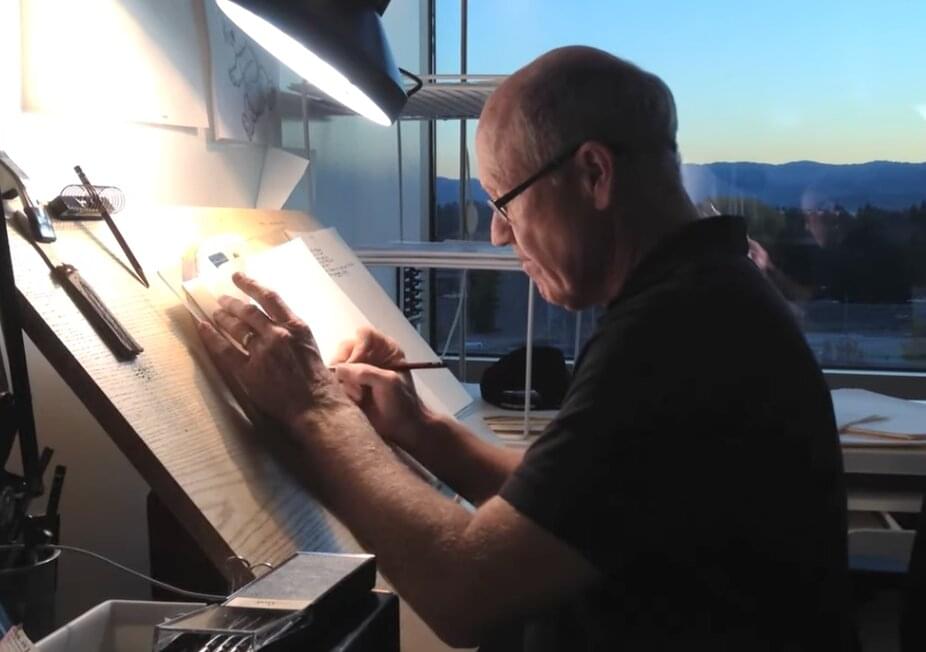Josh SeehermanI don’t think he’s wrong.
Walter Lynsdale” agreeing with a Twitter user who said the “Woke mind virus is the biggest threat to civilization,”
… not nuclear war, or fossil fuel dependence? 😕
View 2 more comments.
Quinn Sena shared a link.
Circa 2021
Glen Keane, the Oscar-winning artist behind such Disney classics as The Little Mermaid (1989), was once described by Ed Catmull the former president of Pixar and Walt Disney Studios as “one of the best animators in the history of hand-drawn animation.” But when he sat down to design Ariel, or indeed the beast from Beauty and the Beast (1991), Keane’s mind was a blank. He had no preconception of what he would draw.
This is because he has aphantasia, a recently-identified variation of human experience affecting 2–5% of the population, in which a person is unable to generate mental imagery. Perhaps surprisingly, Keane is not alone in being a visual artist who cannot visualize.
When aphantasia was named and publicized, a number of creative practitioners—artists, designers and architects—contacted the researchers to say that they too had no “mind’s eye.” Intrigued by the seemingly counter-intuitive notion, we gathered a group of these people together and curated an exhibition of their work.









Comments are closed.